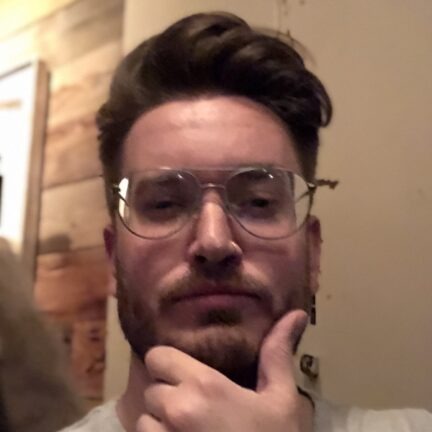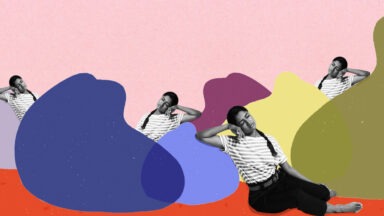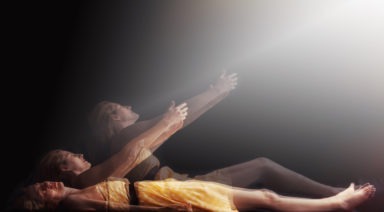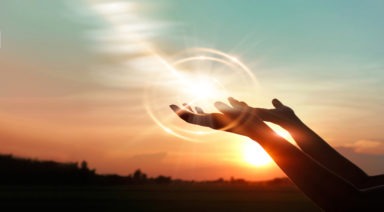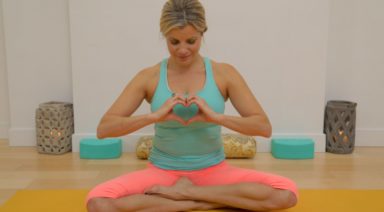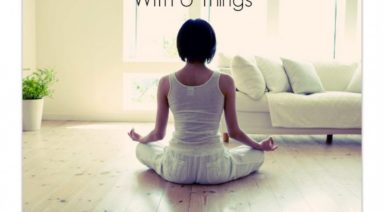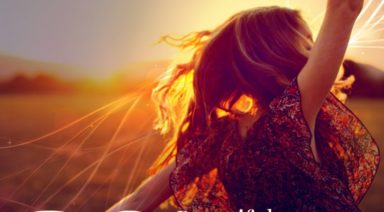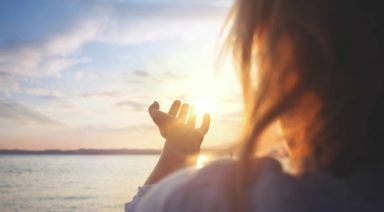Ancient Practice Lets You Explore Deep States of Consciousness in Your Sleep
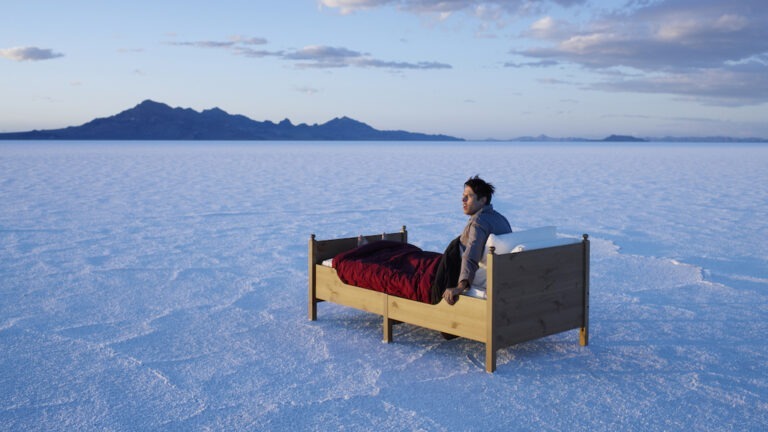
Roughly a third of our life is spent sleeping, or at least attempting to get some rest in order to take advantage of the other two-thirds in wakeful consciousness. Ideally, this state is rejuvenating and accompanied by pleasant dreams, allowing the body to clear out all the toxins and amyloids that build up throughout the day.
But what if you could get some of that time back, or use it more productively, while also getting the regenerative benefits of deep slumber?
Don’t worry, this isn’t some new biohacking regimen with bizarre, intermittent naps, but rather a method referred to as dream yoga. Despite its name, dream yoga isn’t an attempt to perform asanas in reverie, but instead to meditatively explore the myriad levels within our minds.
A number of enlightened, spiritual masters are said to have achieved an interminable state of consciousness during their lifetime, in which they maintained awareness while they allowed their bodies to rest at night. These gurus took advantage of every minute of life to explore their inner sanctums and spelunk the deepest caves of consciousness.
Other contemporary dream state explorers, or oneironauts as they’re sometimes called, have attempted to map out the topography of the mind based on eastern philosophy, namely John C. Lily. Lily’s psychic explorations led to his development of the sensory deprivation isolation tank, in order to cultivate a dissociative state where one could detach from the body and explore the levels of satori-samadhi.
But according to Andrew Holecek, a student of Buddhist philosophy and evangelist for dream yoga, one needn’t be an ascetic or employ an expensive float tank to delve into the depths of the mind on the nightly. Instead, a little discipline and technique can allow a dreamer to travel through cosmic consciousness while still getting a good night’s rest.
Holecek says there are up to nine nocturnal states one can enter in preparation for and during dream yoga. The first of which is called “liminal dreaming,” otherwise known as hypnagogic dreaming; a state in which one is not quite awake nor asleep, but in an in-between state before dozing off.
This state is when things become blurry, but by intentionally maintaining a modicum of awareness, one is able to become active in the dream state — a practice known as lucid dreaming.
Lucid dreaming is the next step to master the path to dream yoga, as it entails becoming fully conscious while asleep. For some, lucid dreaming happens spontaneously and can be startling or exciting when you realize you’re still sleeping, but able to move freely outside your physical body. Maintaining a sense of calm in this state can be tricky, but once attained highly rewarding.
Comparatively, lucid dreaming is an intriguing, exploratory experience, whereas dream yoga is more spiritual and meditative in nature. According to Holecek, dream yoga is more concerned with, “how you parlay conscious awareness in the dream state into something transcendent.” It’s a practice beyond lucid dreaming or where lucid dreaming leaves off, he says.
So why would one want to maintain a somewhat active, conscious practice at a time when you’re supposed to be unconscious and resting? Doesn’t the mind need a break from its constant machinations? Well, yes to some degree, and in fact, Holecek admits that dream yoga can get tricky because “sleep is the ego’s ultimate refuge.”
This is also why attaining consciousness in the dream state can be so difficult, because the ego doesn’t always have control over what it experiences — especially the deeper you go.
“Dream yoga will reveal your passion for ignorance. It will show you at a certain point ‘I don’t want to go this far in waking up,’” Holecek said.
But the benefits of dream yoga can be profound. In fact, in ancient tantric philosophy, it’s believed that the practices done in the dream state are exponentially more effective or transformative than the same done in the waking state. And modern studies of how our brains function while asleep have started to prove exactly that.
Studies that have been conducted on the importance of sleep have found a 20 to 30 percent improvement in learning a new skill or memorizing something after a single night’s sleep. Now imagine if you were in a conscious state of sleep while your brain was rewiring itself to perform that task.
To learn more about dream yoga watch Andrew Holecek on Beyond Belief.
Napping Technique Allows You to Tap Into Creative Thought
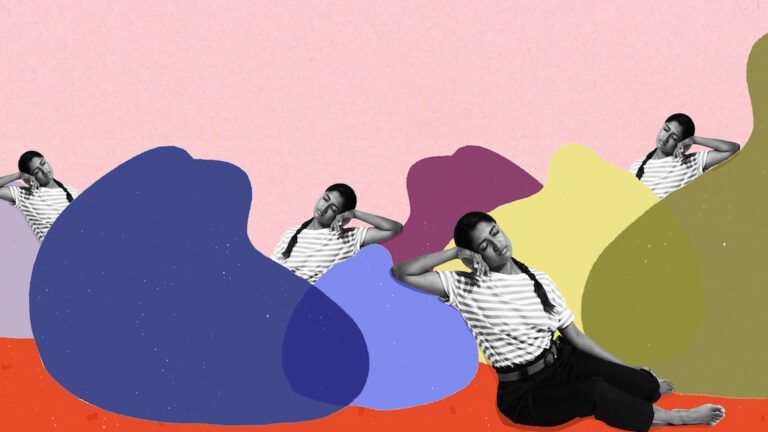
A fascinating new study examines the mysterious twilight state between wakefulness and sleep and finds that it can be harnessed for creativity and problem-solving.
Thomas Edison, Albert Einstein, and Salvador Dali, among others, were all said to have used a curious napping technique to spark their creativity and inspired discoveries. Holding an object in their hands while napping, they would wake as the object fell and recall the thoughts they were having at that moment.
Inspired by these visionaries, researcher Delphine Oudiette and her colleagues at the Paris Brain Institute conducted a study to scientifically investigate this phenomenon. The researchers presented participants with mathematical problems that had a hidden rule which would allow them to be solved almost instantly.
They were then given a 20-minute break during which they were instructed to relax in a reclined position while holding a bottle. If the bottle fell, they were asked to report what they had been thinking right before they let go.
Throughout this break, subjects’ physiological activity was recorded to assess their state of wakefulness. Then, after the break, the participants were again presented with the math problems.

